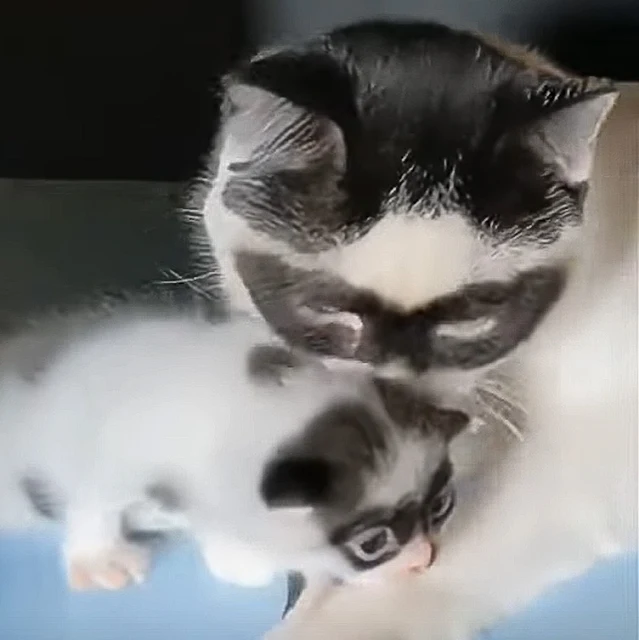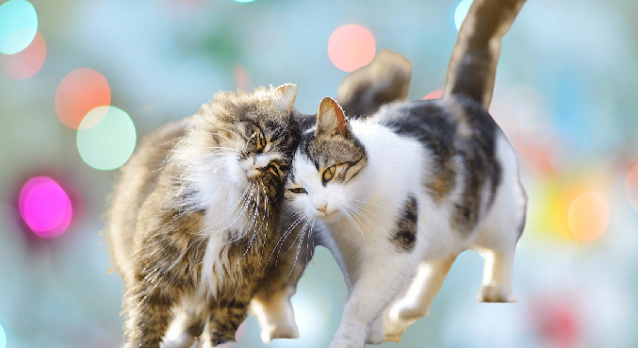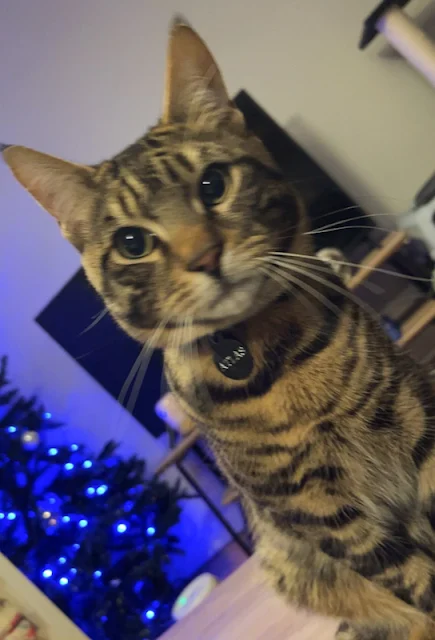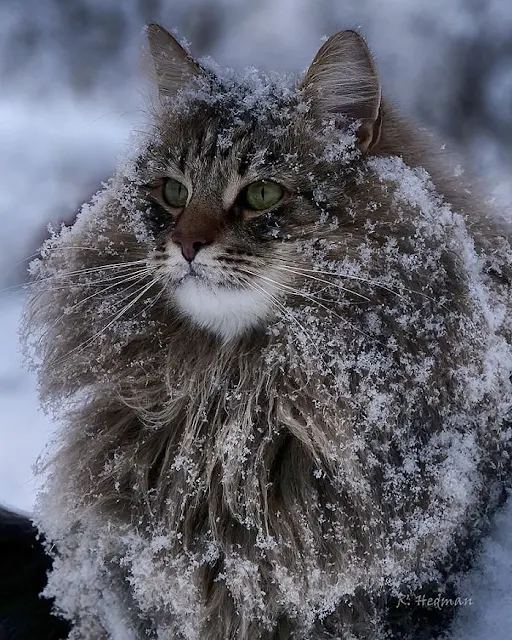During the long Covid lockdowns both myself and my friend, Barry, agreed that the extensive periods of working from home which employees enjoyed would lead to disasters in terms of productivity.
 |
| Bosses have decided that homeworking is a disaster. What happens to your cat or dog? Image: MikeB |
It was a common-sense assessment. Notwithstanding this, the government promoted the benefits of working from home and of course employees in general loved it.
They had found utopia and many took the opportunity to adopt a cat or dog. They might have been thinking about it for a long time.
However, very often this was a short-term decision. Adopters during Covid lockdowns were often not looking long-term. They was simply taking advantage of that moment and seeking animal companionship.
And now, getting on for three years after those early days of Covid, bosses are gradually becoming enlightened about the lack of productivity that working from home brings to their corporation.
It is human nature to take advantage of a lack of supervision. Humankind is essentially lazy. And if humans can gain advantage for free, they will. Not everyone falls into this mentality but the vast majority do.
It seems that many leaders simply forgot this basic characteristic of human nature. There is an article in The Times today by Gerard Baker - an opinion piece - which he has titled: "Zoom and bust: why homeworking's a disaster".
He states that Netflix streaming data used to show that peak usage was during the weekends but now, in the UK, it is weekday afternoons! Does that surprise you?
Homeworkers are taking an extended break in the afternoon to watch a movie on Netflix or one of their series. Richmond Park is inundated with cycle riders mid-afternoon, mid-week.
There are numerous tales of a sharp drop-off in aggregate work performance over the past years according to Gerard Baker. Labour productivity has plummeted since the middle of 2020. And he says that "anecdotal evidence of the inefficiency of working from home is plentiful".
The tech companies of Silicon Valley are shedding staff in their tens of thousands. They hired extra staff during Covid lockdowns. There's been a big falloff in activity and share values have also plummeted. Even Google's market value is down by one-third from its peak about a year ago. Meta's value (formerly Facebook) has dropped by nearly two-thirds.
The truth of the matter is that these big tech companies got very fat, lazy and sloppy. They were making too much money. It was too easy. I have visited Google's offices in London several times to work with them. Compared to the average office theirs is a like a playground for adults. Rows and rows of computer stations without anybody using them. Free food, free this and free that. The average wage is £250,000 according to my research. And many of the employees are in their mid-20s. It was unsustainable in my view. Perhaps that unsustainability has come to fruition.
That is the long introduction. The bosses want the workers to come to the office and return to the status quo and work harder, I guess. Elon Musk's takeover of Twitter points to a radical rethink on how big tech operates.
James Gorman, chief executive of Morgan Stanley, had a warning for employees: "They don't get to choose their compensation. They don't get to choose their promotion. They don't get to choose to stay at home five days a week."
They've got to come in. For the cat loving aficionados and dog owners this can spell the end of a good relationship if they were thinking short-term or if they hadn't really foreseen the possibility of being forced back to work at the office.
They're going to have to give up their companion animals. For someone like me the critical issue is not the person but the animal. What's going happen to them - the animals? They're going to end up in a shelter. They're going to end up being sold online, on Facebook. They going to end up, some of them, being euthanised at shelters because suddenly the marketplace is full of unwanted cats and dogs.
I have painted a very bleak picture and I don't think it is actually that bleak because many people will retain their companion animal. But even under those circumstances the animal is going to be left alone all day. Some dog experts say that a dog should not be left alone for more than four hours.
Many people believe that the domestic cat is temperamentally ideally suited to being left alone all day. Wrong. Cats are sociable animals. They rely on the human caregiver very often for the only company and interaction that they have. We can't expect them to be alone all day, snoozing and killing time and be content. They are liable to suffer stress, over-groom and perhaps develop cystitis.
All these problems are due to a lack of foresight. The whole of the UK was lockdown for many, many months. Sweden did not employ the lockdown. They relied upon their citizens to use common sense to socially distance. They lived normal lives with this modification.
This was a much cheaper way of reacting to Covid. The £400 billion borrowed in the UK to give 80% of their salary to people confined to their homes plus grants to businesses has left this country with a £17 billion monthly bill on interest payments alone.
This is killing any possibility of spending into welfare which is greatly needed. For example, there is a great need to fund social care. That's impossible now because the money has run out and we are being bled dry by interest payments.
It's a disaster both of people and their pets. They should never have believed that working from home was viable for the long term. It suits some professions but even then, employee should not stay at home because they lack productivity.
People have to come into work and interact and be stimulated and supervised. When they do that, they will have a different perspective on whether they are in a position to adopt a companion animal. Very often they should not because they cannot provide quality caregiving.




























